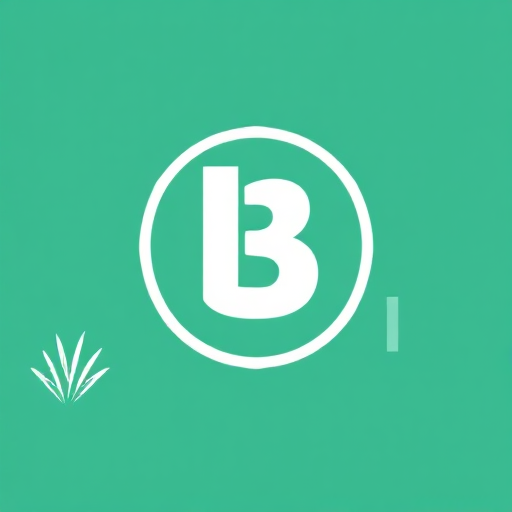Outsourcing Content Creation On A Budget
Outsourcing content creation is an efficient way to scale your marketing efforts without the overhead costs associated with hiring full-time staff. By leveraging freelance talent and specialized agencies, you can produce high-quality content that aligns with your business goals while staying within budget. This article provides a step-by-step guide to outsourcing content creation on a budget, ensuring you get the most value from your investment.
Why Outsource Content Creation?
- Outsourcing content creation offers several benefits:
- Access to Expertise: Tap into the skills of professional writers, editors, and designers.
- Scalability: Adjust content production based on your needs without long-term commitments.
- Cost Efficiency: Often more affordable than maintaining an in-house team, especially for occasional or specialized content needs.
- Focus on Core Activities: Free up internal resources to concentrate on strategic business activities.
Steps to Outsourcing Content Creation on a Budget
1. Define Your Content Needs and Goals
Identify Content Types: Determine the types of content you need, such as blog posts, articles, social media updates, videos, or infographics.
Set Clear Objectives: Establish what you aim to achieve with your content, whether it’s increasing website traffic, improving SEO rankings, or generating leads.
2. Find Qualified Freelancers and Agencies
Freelance Platforms: Use platforms like Upwork, Fiverr, or Freelancer to find skilled writers, designers, and editors.
Content Agencies: Research agencies that specialize in content creation and offer packages that fit your budget.
Recommendations and Reviews: Seek recommendations from industry peers or read online reviews to find reputable professionals.
3. Create Detailed Content Briefs:
Outline Requirements: Provide comprehensive briefs that include your brand voice, target audience, content objectives, and specific guidelines.
Set Expectations: Clearly communicate deadlines, word count, tone, and format preferences to ensure alignment with your vision.
4. Negotiate Rates and Terms:
Compare Quotes: Obtain quotes from multiple freelancers or agencies to compare rates and services.
Flexible Pricing: Look for flexible pricing options, such as per-word rates, project-based fees, or monthly retainer agreements.
Trial Projects: Start with a small trial project to evaluate the quality of work before committing to a long-term arrangement.
5. Ensure Quality Control
Review Samples: Request samples of previous work to assess the freelancer’s or agency’s style and quality.
Provide Feedback: Offer constructive feedback to ensure the content meets your standards and aligns with your brand.
Use Editing Tools: Utilize tools like Grammarly and Hemingway to check for grammar, readability, and style consistency.
6. Maximize Content Value
Repurpose Content: Repurpose content into different formats, such as turning a blog post into an infographic or a video script.
SEO Optimization: Provide relevant keywords and SEO guidelines to ensure the content is optimized for search engines.
Promote Widely: Share the content across various channels, including social media, email newsletters, and your website, to maximize its reach and impact.
7. Maintain Communication and Collaboration
Regular Check-Ins: Establish regular communication with freelancers or agencies to track progress and address any issues promptly.
Collaborative Tools: Use project management tools like Trello, Asana, or Slack to facilitate collaboration and streamline workflows.
Feedback Loop: Encourage open communication and a feedback loop to continuously improve content quality and efficiency.
8. Evaluate Performance and Iterate
Track Metrics: Use analytics tools to measure the performance of your outsourced content in terms of traffic, engagement, and conversions.
Assess ROI: Evaluate the return on investment by comparing the cost of outsourcing with the benefits gained from the content.
Refine Strategies: Based on performance data, refine your content strategy and outsourcing approach to achieve better results over time.
Outsourcing content creation on a budget requires careful planning, clear communication, and strategic partnerships. By defining your content needs, finding qualified freelancers or agencies, providing detailed briefs, and maintaining quality control, you can produce high-quality content that drives results without exceeding your budget. Implement these steps to optimize your content creation process and maximize the value of your marketing efforts.
For more information, email admin@1dollarcreatives.com.







